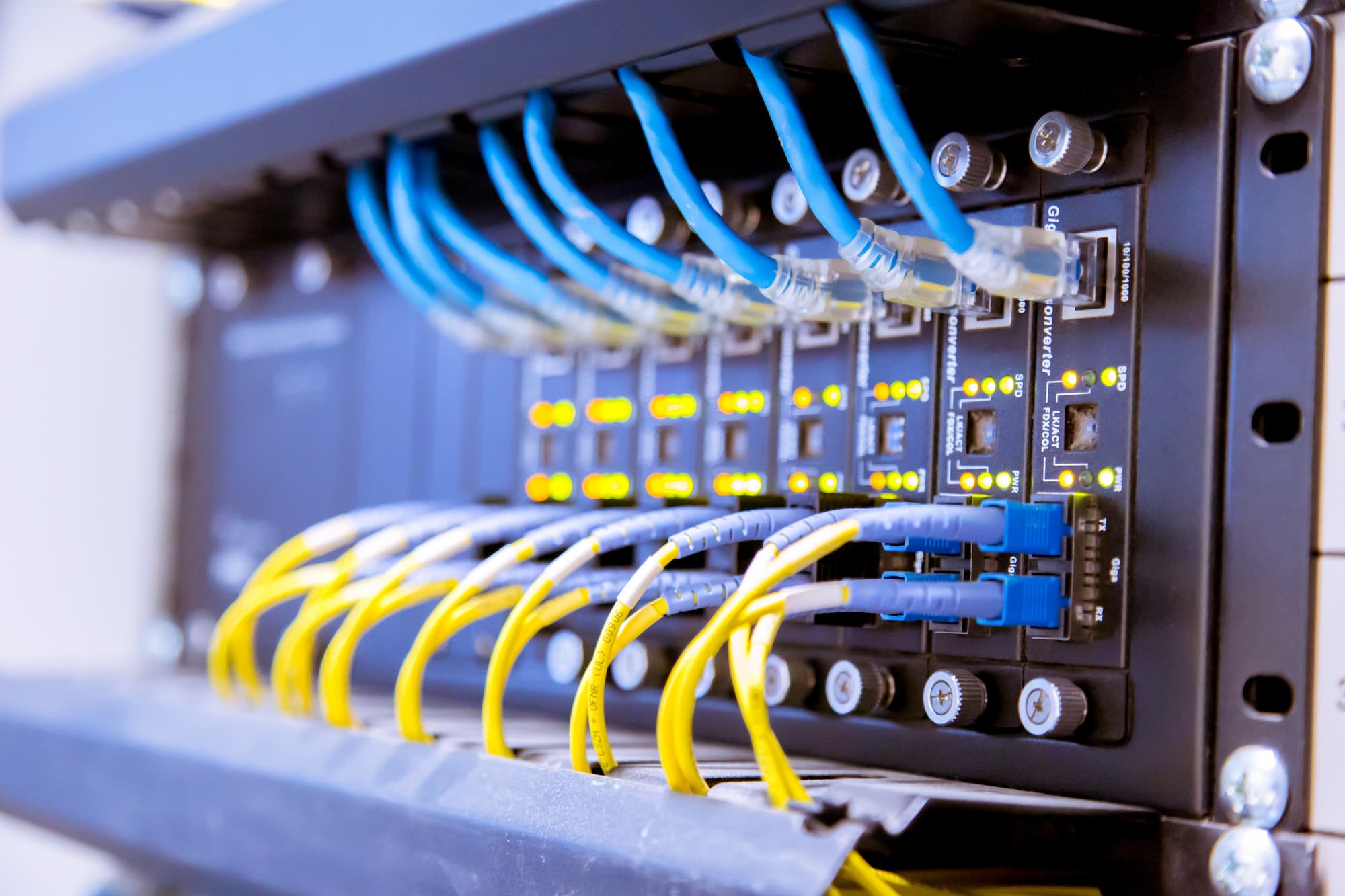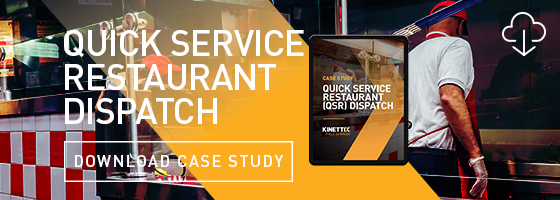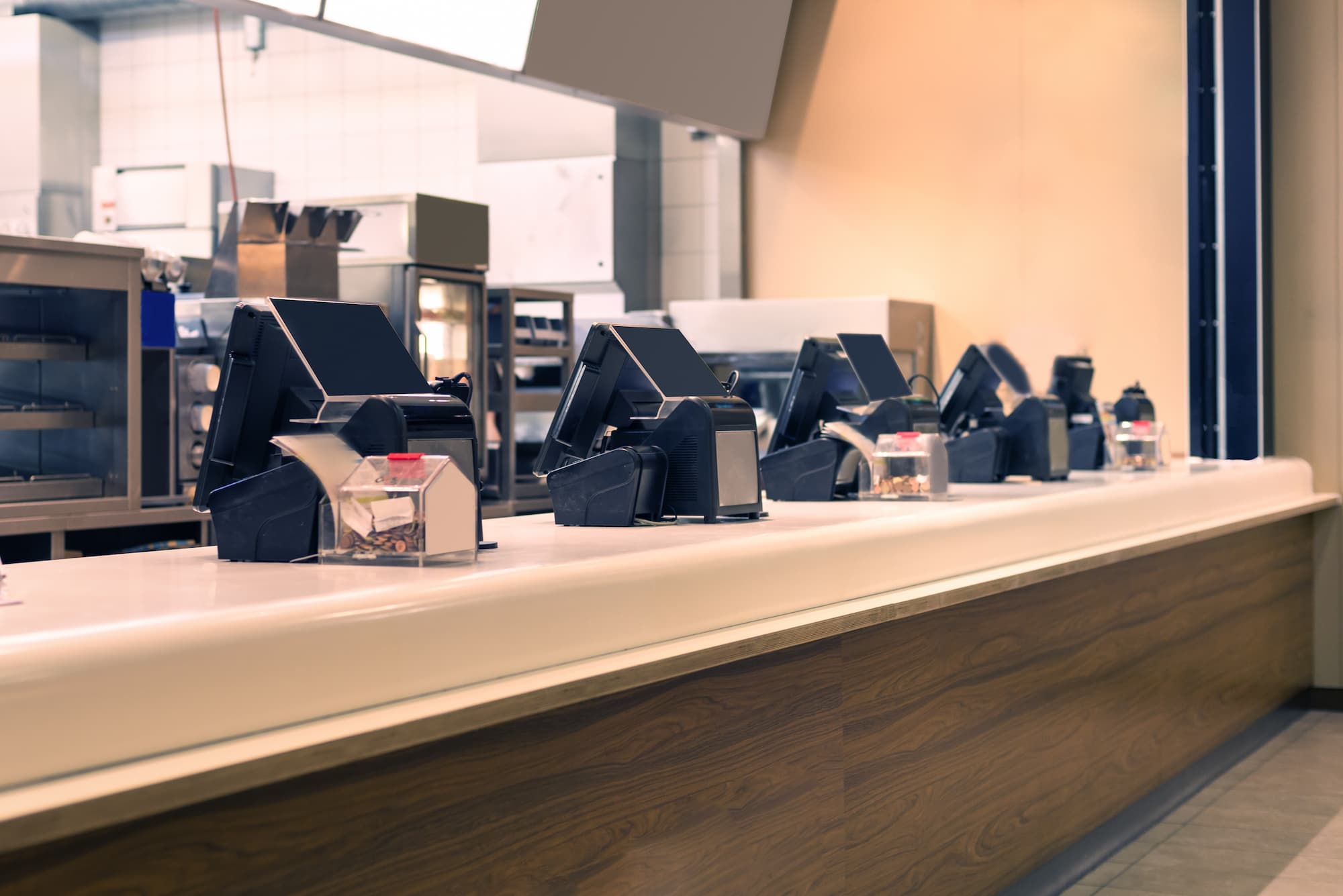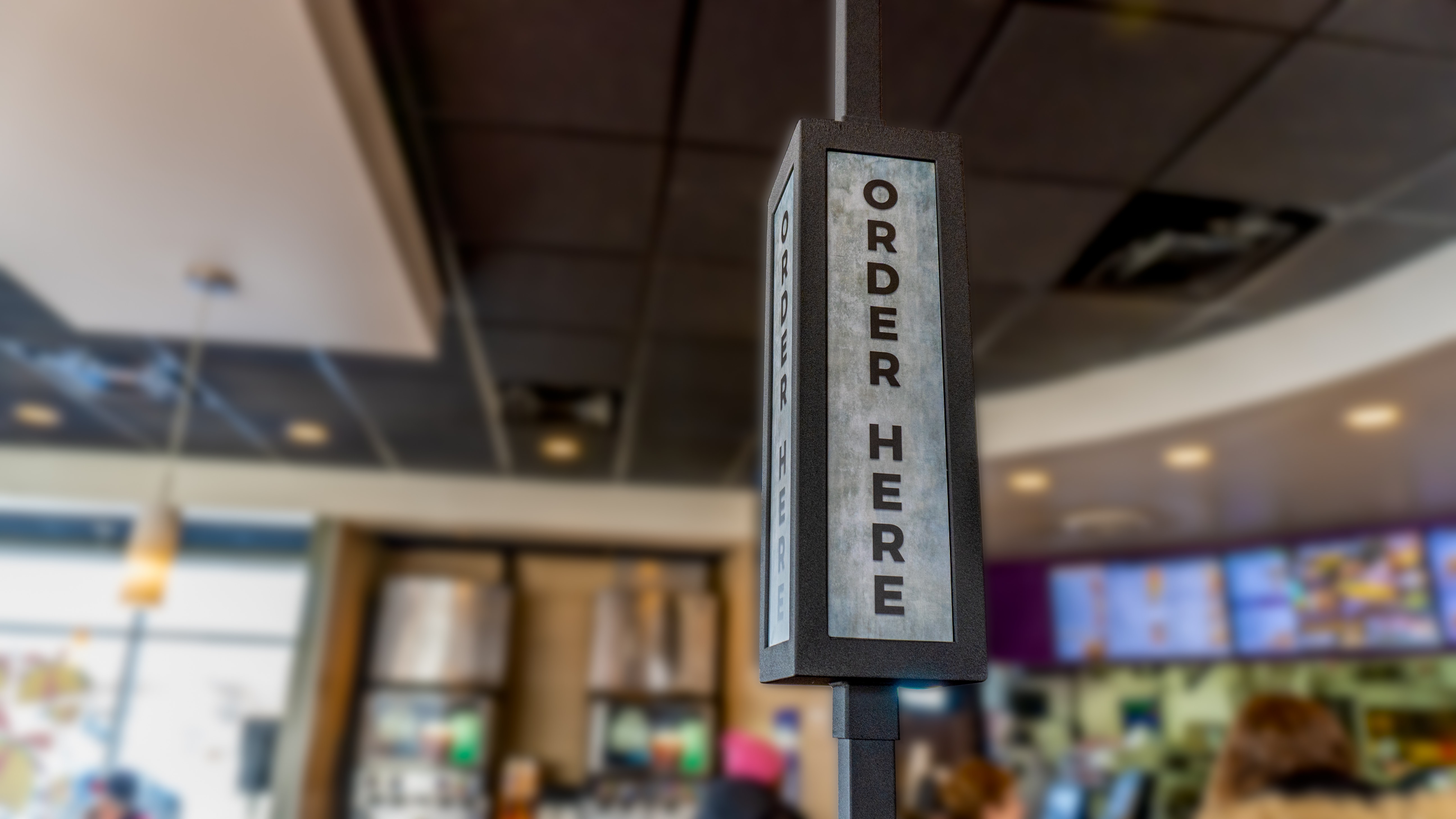Restaurant IT deployments are major events that involve coordinating many departments, people, and equipment. These projects don’t have to be a headache though. Whether you’re a QSR operator or a managed service provider, follow these do’s and don’ts to ensure your next quick-service restaurant IT deployment is successful.
Restaurant IT Deployment Do’s & Don’ts
1. DO hire local techs who are experienced with QSR.
If you’re coordinating a deployment for a restaurant that’s not in your immediate vicinity, it’s a good idea to outsource the deployment to technicians who are local to the site. This helps minimize travel costs, especially if the project is delayed due to anything related to the COVID-19 pandemic, bad weather, or other unforeseen circumstances.
When you hire outside techs, you can also find people who are skilled in the exact technology that is being deployed in the restaurant IT deployment. For example, you can specifically find professionals with track records of successfully installing digital menu boards, kiosks, or other QSR technologies.
2. DON’T forget about the customer experience.
Quick-service restaurants are often open longer hours than most retail stores. Remember this and plan accordingly so you can try to minimize downtime and get as much completed during off-hours as possible. No one wants their favorite restaurant to be closed for an extended period of time.
3. DO look for an end-to-end solution.
You can also look for a restaurant IT partner that can manage the entire project from end to end, like Kinettix. We offer everything from project management and coordination to sourcing techs to purchasing and coordinating the arrival of hardware and everything in between. When you work with an end-to-end solution provider, you can stop worrying about the small details and focus on your customers — whether that’s end-users or your QSR clients.
4. DON’T begin without milestones in place.
The best way to gauge progress is by measuring your project against specific milestones. If you intend to do this, though, you need to have created these milestones ahead of time. Milestones allow you to easily see if the deployment is falling behind schedule and address any holdups. You can also see if you’re working ahead of schedule and if you’ll be able to delight your customers with a job completed earlier than expected.
5. DO communicate well with all involved parties.
Communication is a key part of every piece of every relationship, and it’s even more crucial during a restaurant IT deployment. This is the best way to keep everyone on the same page. By clearly communicating details like timeline, milestones, and goals before the deployment begins, you can know that your team is on the right page. Effective communication during a deployment keeps everyone involved and up to date on any changes, delays, or problems that may arise.
6. DON’T just plan the deployment.
Along with planning, you should also fully design the deployment. Plans can sometimes leave too much to interpretation, which can lead to miscommunication and a lack of clarity around the project. Instead, creating a deployment design means you include as many small details as possible. This approach prepares your team for any unknowns so you’re ready to pivot as needed.
With a little foresight and planning, you’ll be well on your way to a successful restaurant IT deployment. By preparing for the unknowns and outlining solutions to potential problems, you’ll be more likely to have a favorable outcome. If you’d like assistance, reach out to Kinettix today, and we can help you create an effective restaurant IT deployment plan.






